Fixed Dimensions
Images with fixed dimensions
images\Nxiangce/35x35/1.jpg
-
Nujiang-Grand-Canyon1
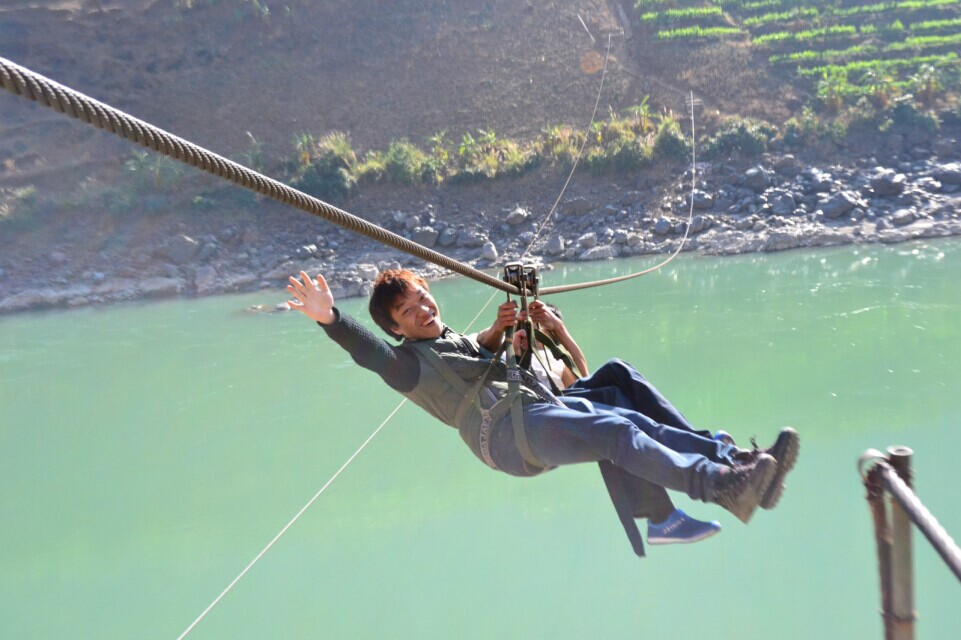
-
Nujiang-Grand-Canyon25
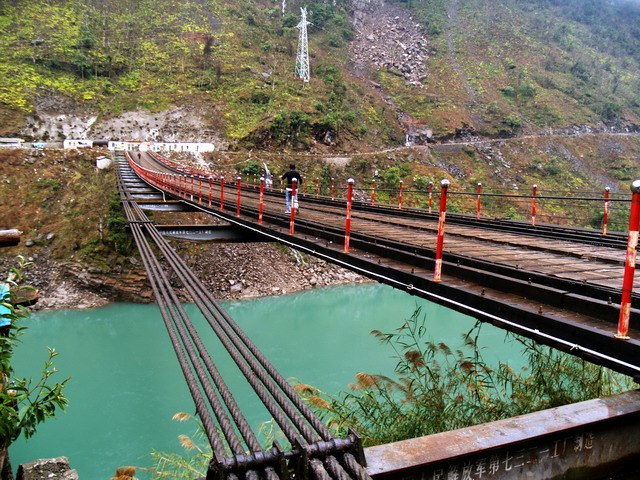
-
Nujiang-Grand-Canyon35
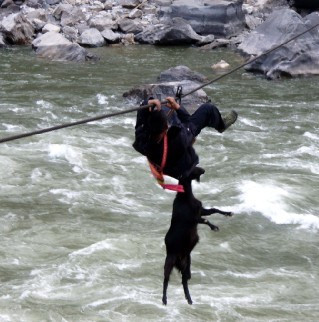
-
Nujiang-Grand-Canyon4
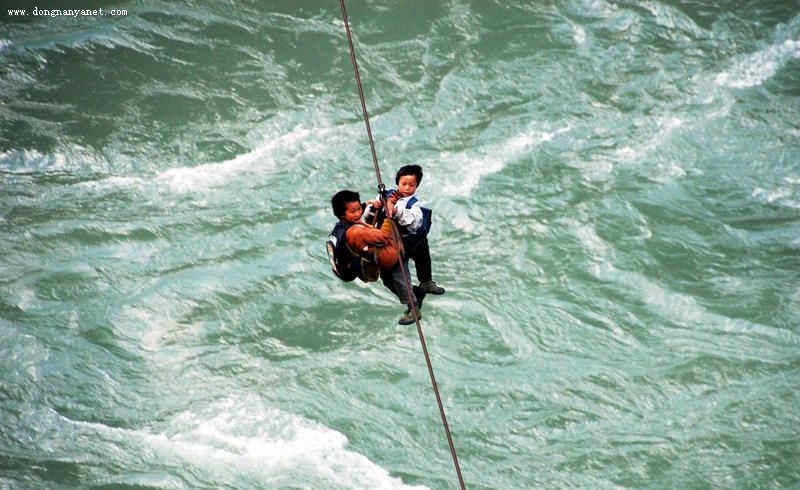
-
Nujiang-Grand-Canyon44
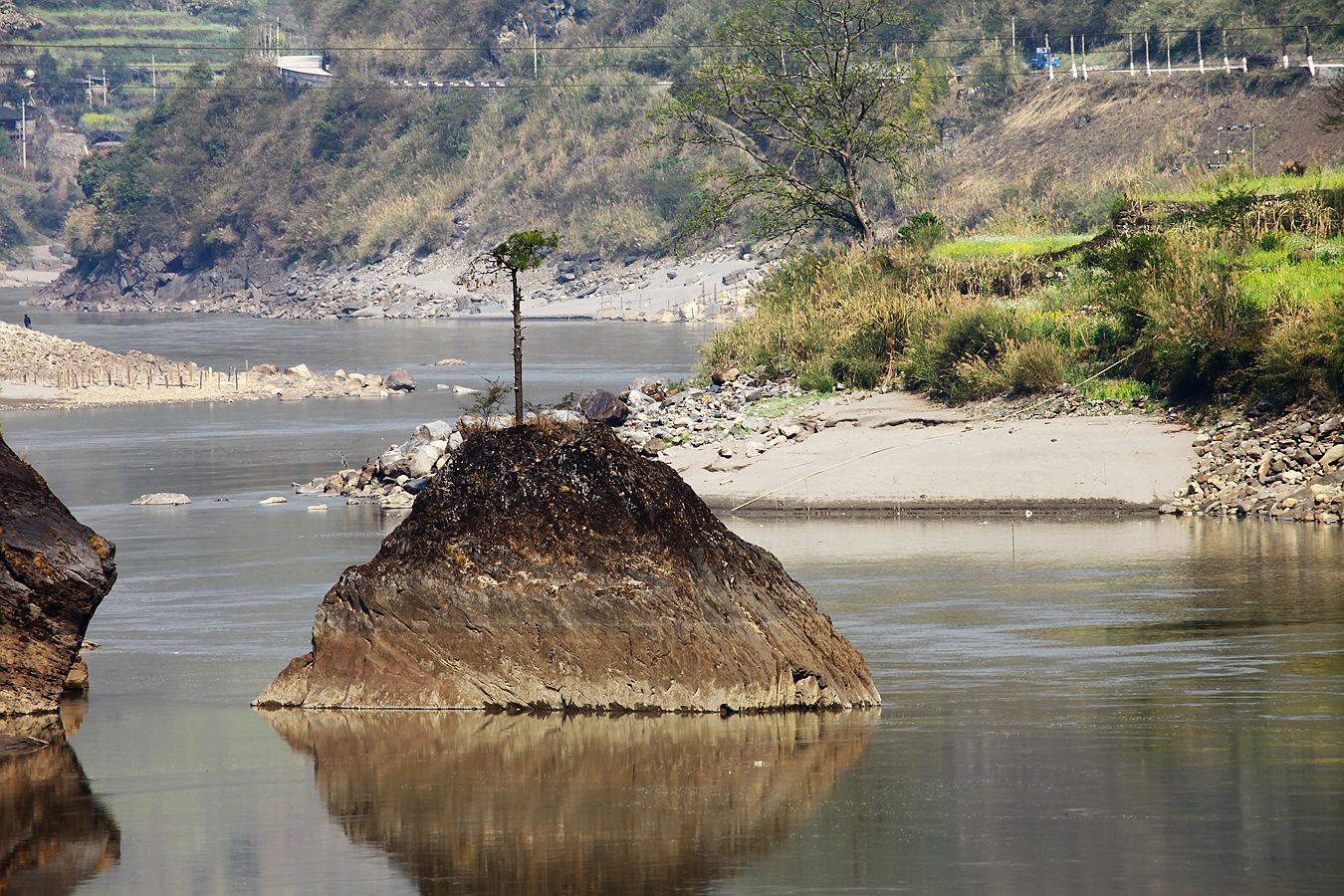
-
Nujiang-Grand-Canyon45
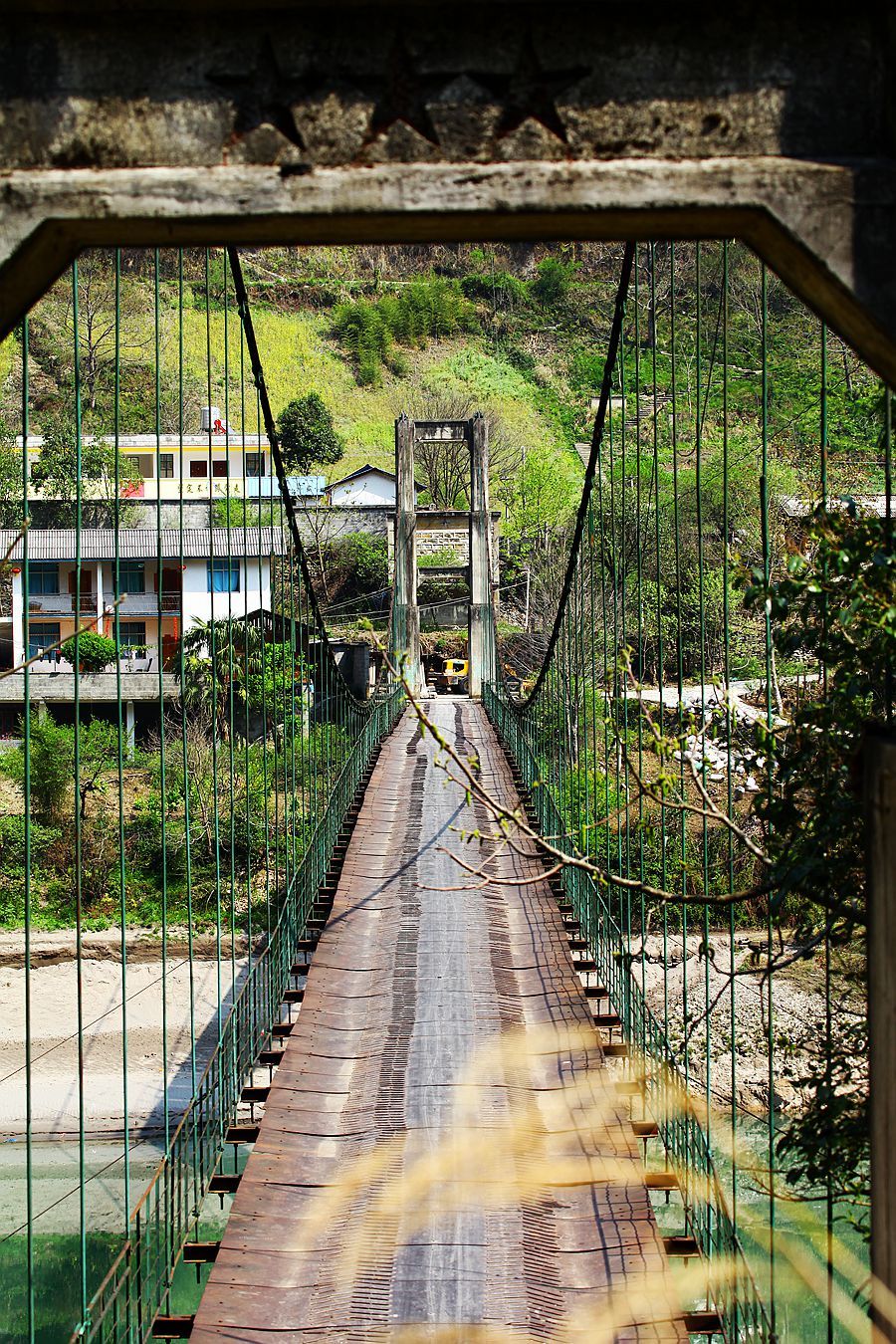
-
Nujiang-Grand-Canyon5
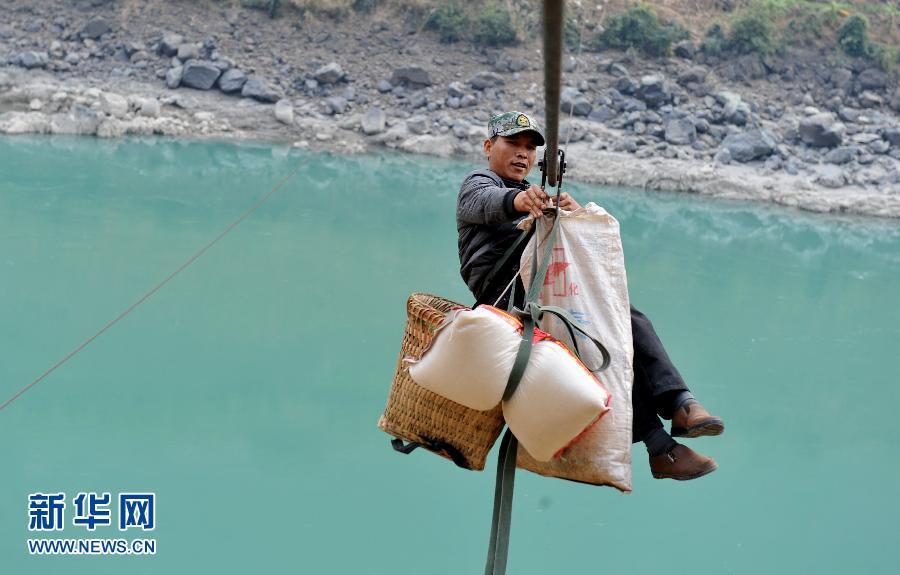
Rattan Suspension Bridge and Rope Bridges in Nujiang
Nujiang River Canyon Douya wall hanging, He nor deep, rolling river valleys such as the Broncos are in the Pentium. Legend has it, a pair of cross-strait were living in the Nujiang Lisu lovers, can not meet the distressed, inspired by the rainbow, pulling up the Nu River on the first Liusuo. Since then, such a convenient means of transport will be people on both sides of extensive use. Liusuo on the Nujiang River has two - and steep slip-slip. Liusuo two-wandering the same high, the greater Jiang Ping, from a can, but after the river in Liudao arms Push, climbing to the opposite side. Steep slip a certain inclination, a high and a low, natural slide into the other side, very lighthearted. Steep wandering are generally two, tilt the opposite direction, back and forth all effort. For security, in addition to Liusuo wandering the structure itself, there are a hardwood or bamboo slip of the plate and make a bolt in the Masheng his waist.
Liusuo is a need for the courage, when you put the lives of one in the not too rough on the rope, when you look at all across the dizziness dizzying canyon, when you hear Liusuo under the deafening roar of the river Sound, the heart will not be a fraction Qieyi give birth. When you see those men, women and children in Jiang's plane to fly freely to slip, especially those with children Dama, carrying a goat finishing pigs together, not for their courage by wins. Goto Mie Liusuo do wear very easily, so for a period of time (two to three months while the short and long of not more than one year) have to replace the first. In other words slip, the two sides of the election a great effort, to use the Diaoyu Xian tying one end of a stone cross-strait lost when the two stones in the river Goubian together, it will gradually pull off the other side. Then the fish line into the coarse Ma Sheng, when then Liusuo one end fixed in a pile or wandering the shore of the tree, while the other side of the rough Masheng pull off the other side, fixed on the other side of the tree Or wandering on the pile, and be able to bear with a wooden paragraph by paragraph, for wandering completed.
Today, Hengjia in the Nujiang Bridge more and more, but still not Liusuo from the historical stage. Mie cable has become a cable and pulley wandering board has been replaced by Liusuo more secure. Some Liusuo has become a local sports training and entertainment tool. Some family size with a wandering, Fun for all at. The visitors from afar, can also experience what it's breathtaking volley fly slip.
[NextPage]
About the Rattan Suspension Bridge or Rope Bridges
A rope bridge is a bridge constructed chiefly of rope. In its simplest form, it can be one or two ropes that bridge a river, enabling the traveller to be supported in their crossing and not be swept away. One rope above another, for feet and hands, may be referred to as a commando bridge.More complicated rope bridges can involve the use of multiple ropes, and boards as footpaths. One of the most complex examples of a culture using these as permanent, rather than temporary crossings, is the Inca civilization.
A simple suspension bridge (also rope bridge, swing bridge (NZ), suspended bridge, and hanging bridge) is an early type of bridge that is supported entirely from anchors at either end, and has no towers or piers. However, it may have saddles. In such bridges, the deck of the bridge follows the downward and upward arc of the load-bearing cables, with additional light ropes at a higher level used to form a handrail. Alternatively, stout handrail cables supported on short piers at each end may be the primary load-bearing element, with the deck suspended below.
Suspended well from two high locations over a river or canyon, simple suspension bridges follow a shallow downward catenary arc and are not suited for modern roads and railroads. Owing to practical limitation in the grade (i.e., the deck being an arc, not flat) and the response to dynamic loads of the bridge deck, this type is quite restricted in its load-carrying capacity relative to its span. Yet, this type of bridge is considered the most efficient and sustainable design in developing countries, especially for river crossings that lie in non-flood plain topography like gorges.
[NextPage]
Comparison to other types
In some contexts the term "simple suspension bridge" refers not to this type of bridge but rather to a suspended deck bridge that is "simple" in that its deck is not stiffened. Although simple suspension bridges and "simple" suspended deck bridges are similar in many respects, they differ in their physics. On a simple suspension bridge, the main cables (or chains) follow a hyperbolic curve, the catenary. This is because the main cables are free hanging. In contrast, on a suspended deck bridge (whether "simple" or not) the main cables follow a parabolic curve, the parabola. This is because the main cables are tied at uniform intervals to the bridge deck below (see Catenary#Simple suspension bridges). The differences between these two curves was a question of importance in the 17th Century, worked on by Isaac Newton among others.
Stressed ribbon bridgeA stressed ribbon bridge also has one or more catenary curves and a deck laid on the main cables. Unlike a simple suspension bridge however, a stressed ribbon bridge has a stiff deck, usually due to the addition of compression elements (concrete slabs) laid over the main cables. This stiffness allows the bridge to be much heavier, wider, and more stable.
History of the Suspension Bridge
The simple suspension bridge is the oldest known type of suspension bridge and, ignoring the possibility of pre-Columbian trans-oceanic contact, there were at least two independent inventions of the simple suspension bridge, in the wider Himalaya region and South America.
The earliest reference to suspension bridges appear in Han dynasty records on the travels of Chinese diplomatic missions to the countries on the western and southern fringe of the Himalaya, namely the Hindukush range in Afghanistan, and the lands of Gandhara and Gilgit. These were simple suspension bridges of three or more cables made from vines, where people walked directly on the ropes to cross, while later decking made from planks resting on two cables was also used.
In South America, Inca rope bridges predate the arrival of the Spanish in the Andes in the 16th Century. The oldest known suspension bridge, reported from ruins, dates from the 7th Century in Central America (see Maya Bridge at Yaxchilan).
Simple suspension bridges using iron chains are also documented in Tibet and China, although their earliest date is unclear. Several are attributed to Tibetan monk Thang-stong rGyal-po, who reportedly built several in Tibet and Bhutan in the 15th century, including one at Chuka. Another example, the Luding Bridge, dates from 1703, spanning 100 m using eleven iron chains.Claims that more modern suspension bridges with a horizontal deck also originated in the region remain largely unsubstantiated.
18th Century rope bridge in Srinagar, Garhwal KingdomDevelopment of wire cable suspension bridges dates to the temporary simple suspension bridge at Annonay built by Marc Seguin and his brothers in 1822. It spanned only 18 m. However, simple suspension bridge designs were made largely obsolete by the 19th Century invention and patent of the suspended deck bridge by James Finley. A late 18th Century English painting of a bridge in Srinagar, then part of the Garhwal Kingdom, anticipates the invention of the suspended deck bridge. This unusual bridge, built on a floodplain, had suspended deck ramps used to access a simple suspension bridge supported from towers.
Materials of the Suspension Bridge
This type of bridge is known as a rope bridge due to its historical construction from rope. Inca rope bridges still are formed from native materials, chiefly rope, in some areas of South America. These rope bridges must be renewed periodically owing to the limited lifetime of the materials, and rope components are made by families as contributions to a community endeavor.
Simple suspension bridges, for use by pedestrians and livestock, are still constructed, based upon the ancient Inca rope bridge but using wire rope and sometimes steel or aluminum grid decking, rather than wood. In modern bridges, materials used instead of (fiber) rope include wire rope, chain, and special-purpose articulated steel beams.
Living root bridges
Around Cherrapunji in northeast India there are "living root bridges", a form of tree shaping, which are simple suspension bridges made of living tree roots of some suitable species such as Ficus elastica growing alongside the gap to be bridged, by gradually training some of its roots to grow across the gap until they take root on the other side. There are examples with a span of over 100 feet. They are naturally self-renewing and self-strengthening as the component roots grow thicker.
Design of the Suspension Bridge
The arc of the bridge deck varies between a catenary and a parabola, depending on the weight of the bridge itself versus the load it carries.
The very lightest bridges of this type consist of a single footrope and nothing more. These are tightropes and slacklines, and require skill to use. More commonly, the footrope is accompanied by one or two handrail ropes, connected at intervals by vertical side ropes. This style is used by mountaineers. A slightly heavier variation has two ropes supporting a deck, and two handrail ropes. Handrails are necessary because these bridges are prone to oscillate side to side and end to end. Rarely, the footrope (or footrope plus handrails) is combined with an overhead rope similar to a zip-line (see also Ropeway).
In some cases, such as the Capilano Suspension Bridge, the primary supports form the handrails with the deck suspended below them. This makes for more motion side-to-side in the deck than when the primary supports are at deck level, but less motion in the handrails.
Disadvantages connected with simple suspension bridges are very great. The location of the deck is limited, massive anchorages and piers generally are required, and loading produces transient deformation of the deck.Solutions to these problems led to a wide variety of methods of stiffening the deck, resulting in several other types of suspension bridge. These include a stressed ribbon bridge, which is closely related to a simple suspension bridge but has a stiffened deck suitable for vehicle traffic.
A very light bridge, constructed with cables under high tension, may approach a suspended deck bridge in the nearly horizontal grade of its deck.The bridge may be stiffened by the addition of cables that do not bear the primary structural or live loads and so may be relatively light. These also add stability in wind. An example is the 220-meter long bridge across the river Drac at Lac de Monteynard-Avignonet: this bridge has stabilizing cables below and to the side of the deck.
To reduce twisting motion in response to users a bridge may employ vertical drop cables from each side at the center of the bridge, anchored to the ground below.
Admission Fee:¥0
Attraction
Transportation:Suspension and Rope Bridges in Nujiang
Attraction Travel Tips:
Suspension and Rope Bridges in Nujiang

-
Summary
Lijiang-Shangrila-Feilaisi-Cizhong-Bingzhongluo-Dulongjiang-Gongshan-Fugong-Liuku-Nuodeng-Shaxi-Lijiang
Summary
US$0
-
Summary
Kunming-Dali-Shaxi-Lijiang-Tiger Leaping Gorge-Shangri-La-Deqin-Cizhong-Gongshan-Bingzhongluo-Liuku-Tengchong
Summary
US$40
-
Summary
Liuku-Fugong-Gongshan-Dulongjiang-Bingzhongluo-Liuku
Summary
US$40
-
Summary
Tengchong-Liuku-Bingzhongluo-Liuku-Weixi-Cizhong-Feilaisi-Shangrila-Lijiang
Summary
US$40
-
Summary
Kunming-Shangrila→Deqin→Shangrila→Lijiang→Dali→Liuku→Gongshan→Bingzhongluo→Tenchong→Ruili→Mangshi
Summary
US$0


